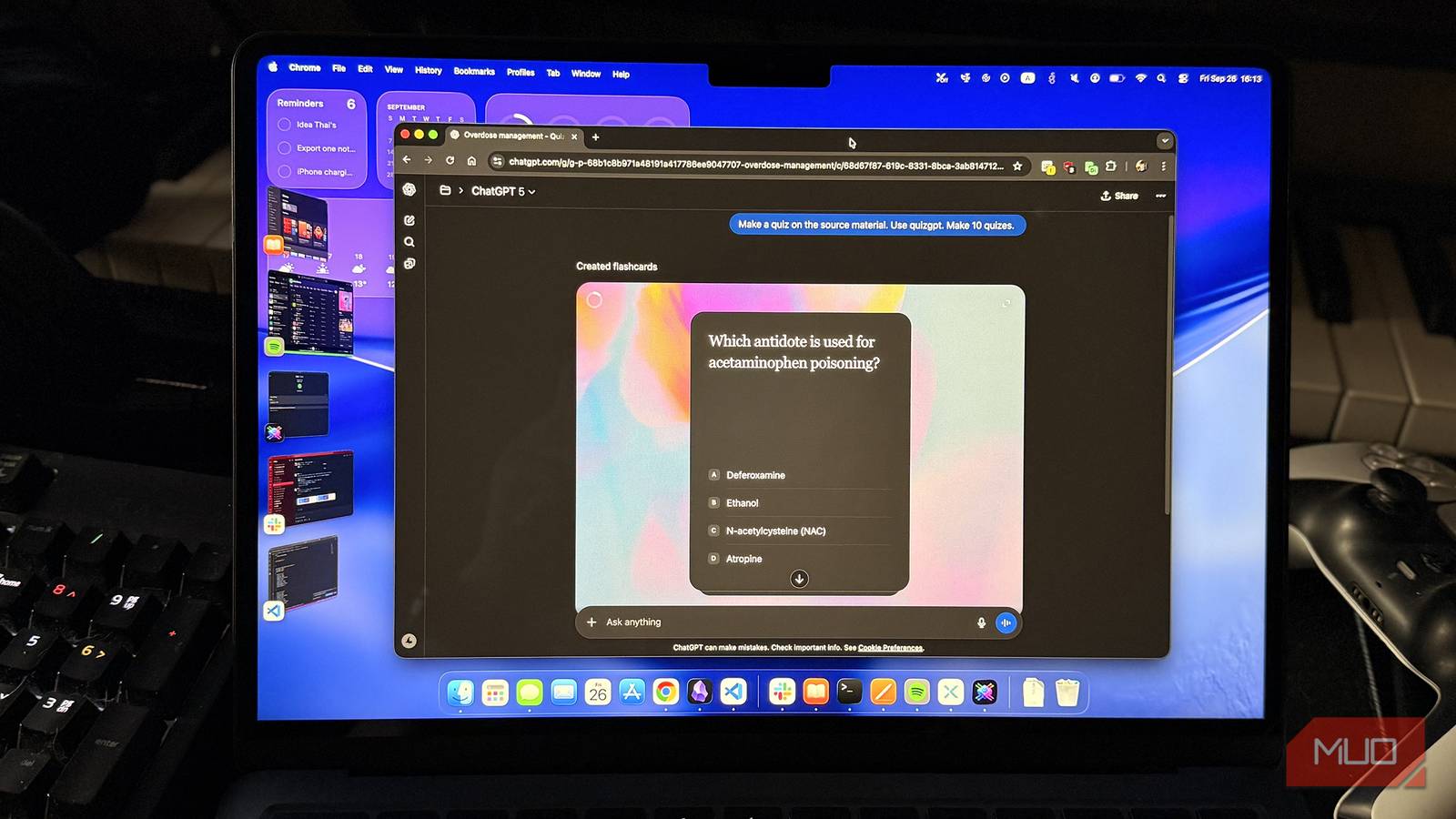The government should consider expanding the availability of renewable microgrids as a cheaper and faster alternative to building nuclear small modular reactors (SMRs) to meet the energy needs of datacentres, according to the Centre for Net Zero (CNZ).
The government is championing the use of nuclear small modular reactors (SMRs) as a possible answer to shoring up the nation’s energy supplies, as part of its push to get UK energy grids running on clean energy by 2030.
However, the CNZ, which is a research institute focused on predicting future energy demands, said its analysis shows that expanding the number of renewable microgrids across the UK could offer a faster and more cost-effective way of meeting the growing energy needs of the nation’s burgeoning number of datacentres.
“The UK is currently host to 523 datacentres, the third-highest of any nation globally, with at least nine more in development. The country is currently deciding how to power its datacentres of the future – and at what speed,” said the CNZ. “As the UK seeks to grow its AI sector in the context of the Clean Power 2030 target, CNZ’s research indicates that renewable microgrids could meet the majority of a large datacentre’s electricity needs.”
Microgrids typically generate electricity with the help of renewable sources, which is then stored in battery packs until it is needed, and are operated independently of main electricity grids. They can be used to power single buildings, or blocks of them can be knitted together to supply power to large-scale developments.
“The UK needs to build five times more transmission infrastructure in the next five years than was built in the last three decades, which will be a lengthy and expensive process,” said the CNZ. “This makes circumventing the grid and connecting directly to new sources of power, via microgrids and private wires, increasingly appealing – especially since fixed costs to build and maintain the grid are loaded onto consumer electricity bills.”
In its research, the CNZ sought to examine whether renewable microgrids could consistently meet the high demand for energy from datacentres, and how their performance stacks up against SMRs, in terms of cost, speed and carbon impact.
It did this by analysing three scenarios for powering a 120MW datacentre. The first involved using nuclear SMRs, and the second used a microgrid comprising offshore wind and solar with battery storage, with small amounts of gas for supplementary support. The third option involved the use of a microgrid that lacked a supply of solar energy in a land-constrained scenario. Its analysis found that it is approximately 43% cheaper to power a 120MW datacentre with renewables and small amounts of gas than with a nuclear SMR.
“A microgrid comprising offshore wind, solar, battery storage, and gas supporting, would be 43.4% cheaper to run annually compared to procuring power from a nuclear SMR. The cost saving falls slightly to 42.1% if you remove solar generation,” said the CNZ.
“A 95% renewable microgrid with gas backup – the goal for Clean Power 2030 – was modelled at almost a third (31.7%) lower cost than the SMR case in today’s prices. In future, higher use of renewables will become even more cost-competitive if technology and storage costs continue to fall compared to gas.”
The CNZ said its research also showed that renewable energy sources can meet 80% of a datacentre’s demands over the course of a year, but gas is required as a stopgap to achieve the most cost-optimal model of powering a datacentre with battery support.
“Higher volumes of batteries would reduce the reliance on gas power – this is likely to happen over time as costs [of batteries] fall,” said the CNZ. “Similarly, building more renewables (offshore wind and solar) would help microgrids meet even more datacentre demand.”
The research follows the findings of a poll of FT 250 executives, published by the Energy Networks Association (ENA), which expressed misgivings about the future prosperity of the UK’s digital economy if the electrical grids underpinning the nation’s datacentres are not urgently upgraded.
According to the UK government’s own figures, domestic datacentre capacity could rise to between 3.3GW and 6.3GW by 2030, mainly due to the growing demand for AI workloads, which will place further pressure on the grid.
Ramping up the availability of SMRs is being offered up as a solution in the longer term, as the UK also grapples with its bid to become a clean energy superpower. In June 2025, the government confirmed that it had commissioned Rolls-Royce SMR to build the country’s first SMRs, which are expected to be connected to the grid some time in the 2030s.
In the meantime, the National Grid has also committed to adding more capacity to the grid – including recently on the outskirts of Greater London – where a high proportion of the nation’s datacentres are located.
The National Grid has also recently announced a partnership where AI would be used to flexibly adjust how much power AI datacentres draw from the grid, as part of a push to reduce the burden these facilities put on UK power supplies.
Izzy Woolgar, director of external affairs at the CNZ, said the research highlights the role that renewable technologies could play in helping the UK swiftly meet the energy demands of its growing datacentre sector.
“There is potentially £44bn on the table for the UK economy from datacentres over the next decade, and the window of opportunity is narrow to make key decisions for our energy and digital future,” she said.
“While nuclear SMRs may play an important role in the UK’s future energy mix, our analysis suggests renewables offer a cost-competitive, proven solution for meeting new energy demand in the short term, in the context of our clean power ambitions.”











